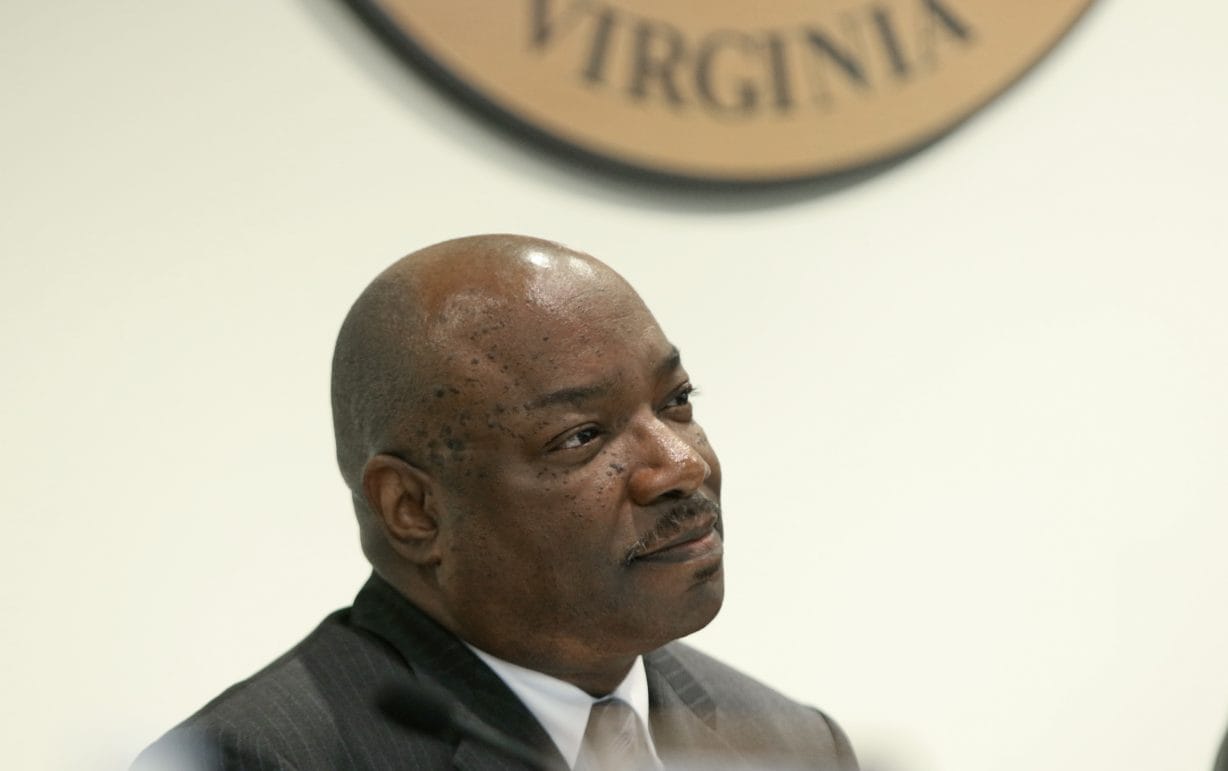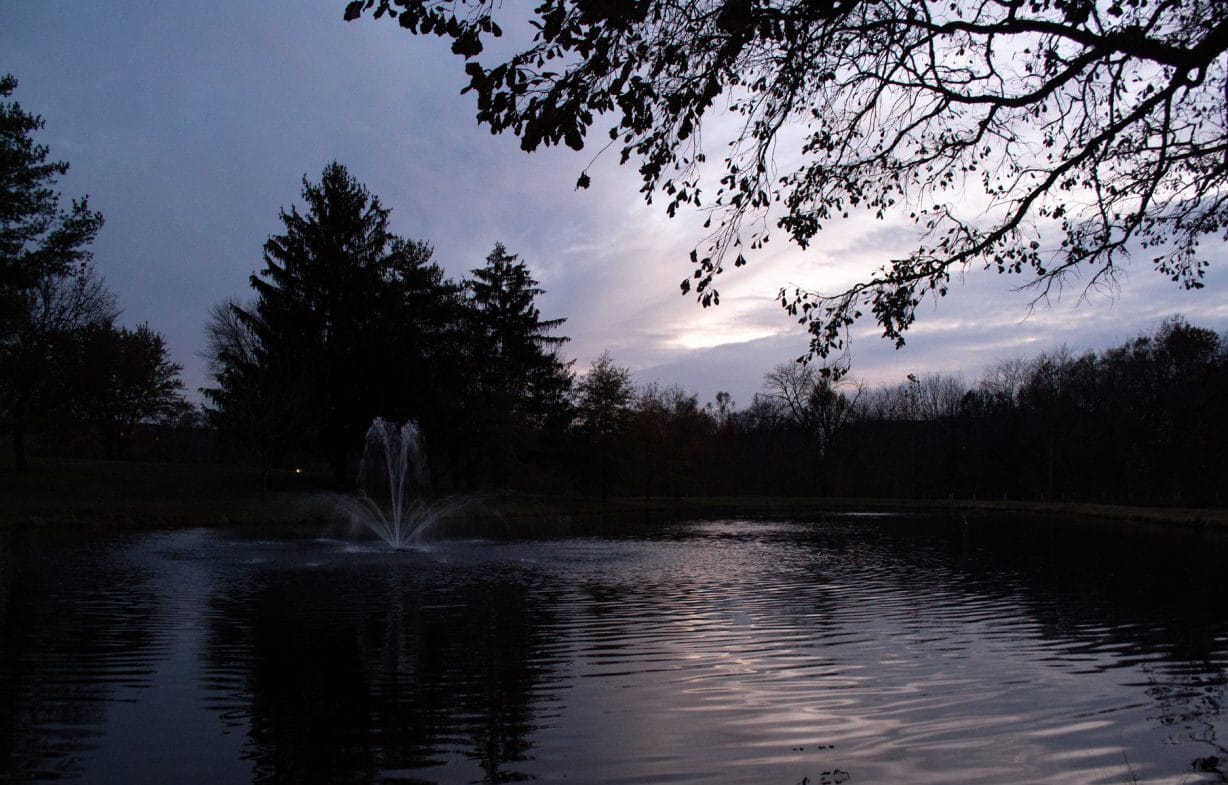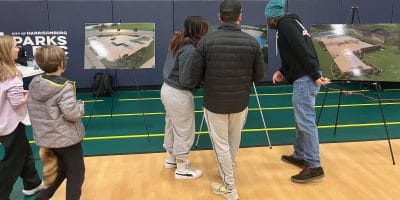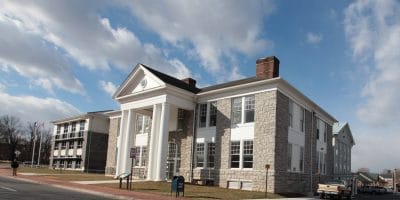By Randi B. Hagi, assistant editor
With funding decisions for the new high school now being debated by the school board and city council, the term “debt capacity” is getting a turn in the limelight. It refers to the city’s ability to borrow money, which, like personal lines of credit, has a limit.
In an interview with The Citizen, City Manager Eric Campbell likened the city’s debt capacity to a home mortgage. Both revolve around how large a payment the borrower can afford – a figure that determines the total amount they can borrow. According to Cambell, the city’s debt capacity beyond other existing obligations now stands at about $127 million.
If the new high school is built as proposed early this month, the city would potentially need to issue a bond for $104.8 million to pay for the construction, soft costs, road improvements, and right-of-ways, thereby using up the majority of that debt capacity for years. (Last week, the school board approved a second ‘phased-in’ option for the council to consider, which would drop about $7.2 million off the initial price tag by delaying the construction of athletic facilities at the new school – meaning that the city would only need to borrow about $97.6 million to get started.)
That $127 million in current borrowing ability, however, isn’t just set aside for the school system – it also has to provide for major capital projects, core service improvements, and infrastructure emergencies, Campbell explained.

“We have to be cognizant of the core services impacted” by a major reduction in debt capacity, Campbell said. And while he agreed that the city needed to relieve the overcrowding at the existing high school, he said the key question is, “How much [new] high school can we afford?”
Other projects in the works that the city may need to go into debt to afford range from public utility and road improvements to affordable housing initiatives. The Citizen spoke with city staff about a few of the many expensive wants and needs (which is which often depends on who you ask) facing Harrisonburg in the years to come.
Affordable housing and homelessness
Campbell said that any homelessness or affordable housing initiatives the city agrees to back could become another source of debt. Such an initiative may come out of the monthly meetings the city has been holding with area service providers, including Open Doors, Mercy House, and Our Community Place, since this summer.
A self-appointed committee from those monthly meetings is currently working on a proposal to “improve our service delivery to the homeless,” Campbell said. “And then once we see the proposal, from both the city and county perspective, we can figure out what we can and can’t work with, what’s viable.”
In the meantime, Campbell said, city staff are working with the low-barrier shelter Open Doors, which is open from November to early April, “to see what things we can do to maximize current capacity.” They are also considering seeking technical support to analyze Harrisonburg’s housing and service agency landscape and identify avenues for improvement.
There has been some public support for the city to help fund a year-round, low-barrier homeless shelter. But whether that’s the best response to homelessness is up for debate.
“There’s a role for low-barrier sheltering to some extent, however, best practices in dealing with affordable housing and homelessness is not necessarily low-barrier sheltering,” Campbell said. “So we’re trying to work with the service providers to see what programs would work best for Harrisonburg.”
Shannon Porter, the executive director of Mercy House, echoed this sentiment in an interview with The Citizen earlier this year, saying that instead of expanding their shelter for homeless families, “we want to get people out of our shelter more quickly, and the way to do that is to have more housing available for them to go into.”
Other service providers do support expanding year-round shelter options, as well as longer-term solutions. As Sam Nickels, executive director of Our Community Place, told The Citizen in a previous interview, the area’s growing population – including the homeless population – may require new solutions to homelessness.
“It’s not just 10 or 20 people anymore, it’s 40, 50, 60 folks that are coming in out of the cold,” Nickels said. “We need to realistically face that challenge and say, ‘OK, maybe it’s time we do a year-round shelter. Maybe it’s time to adequately fund that kind of program, instead of giving it to a non-profit organization.’”
Other expenses coming down the pike
One capital project, the Eastern Raw Water Line, is already under construction. The 90,000-foot pipe (that’s about 17 miles) running from the South Fork of the Shenandoah River to supply water to the city is just over a quarter of the way complete. Another 15,000 feet are now under construction, to be completed in June 2020, with the remaining 50,000-foot stretch still being designed. Completing that final section will require the city to borrow about $15 million.
“Securing a reliable source of water for the city’s future is paramount,” Michael Parks, the city’s director of communications, wrote in an email. “Especially if more growth comes to our area, and with potential future climate impacts on our water supply unclear at this time.”

Upgrades to Purcell Park could be another impending expense. The city is currently developing a master plan for the park with community input; a survey available on the city’s website has garnered close to a thousand responses from city residents.
“This is an opportunity for people to really have a say in the direction of a very popular amenity in the city, and we’ve already got a lot of great feedback on that so far but the more the merrier,” Parks said. The city has also held public input sessions and brainstormed with schoolchildren.
Another major project on the horizon is a new fire station that would be built on the north end of Harrisonburg. The city has not yet purchased land for this project.
Parks told The Citizen that, while the population on the north end of Harrisonburg grows, it becomes increasingly important to have a fire station in that neighborhood.
“Every second spent in responding to a call is crucial – especially with many of the calls HFD responds to being medical calls instead of fires,” Parks wrote.
Editor’s note, Nov. 19, 2019: Randi B. Hagi serves on the Our Community Place board of directors.
Journalism is changing, and that’s why The Citizen is here. We’re independent. We’re local. We pay our contributors, and the money you give goes directly to the reporting. No overhead. No printing costs. Just facts, stories and context. Thanks for your support.












